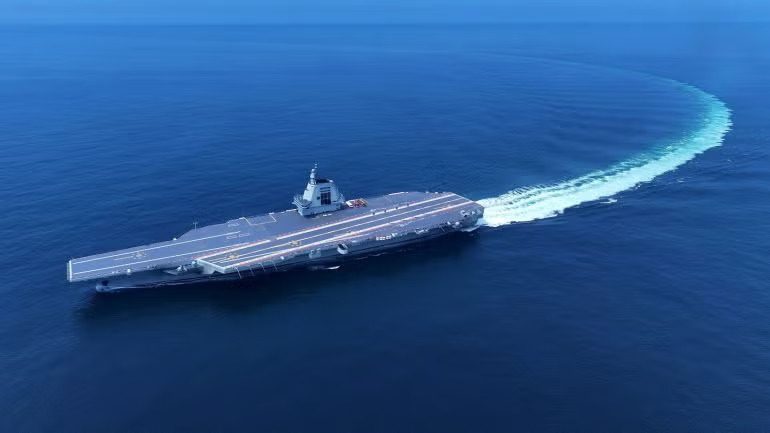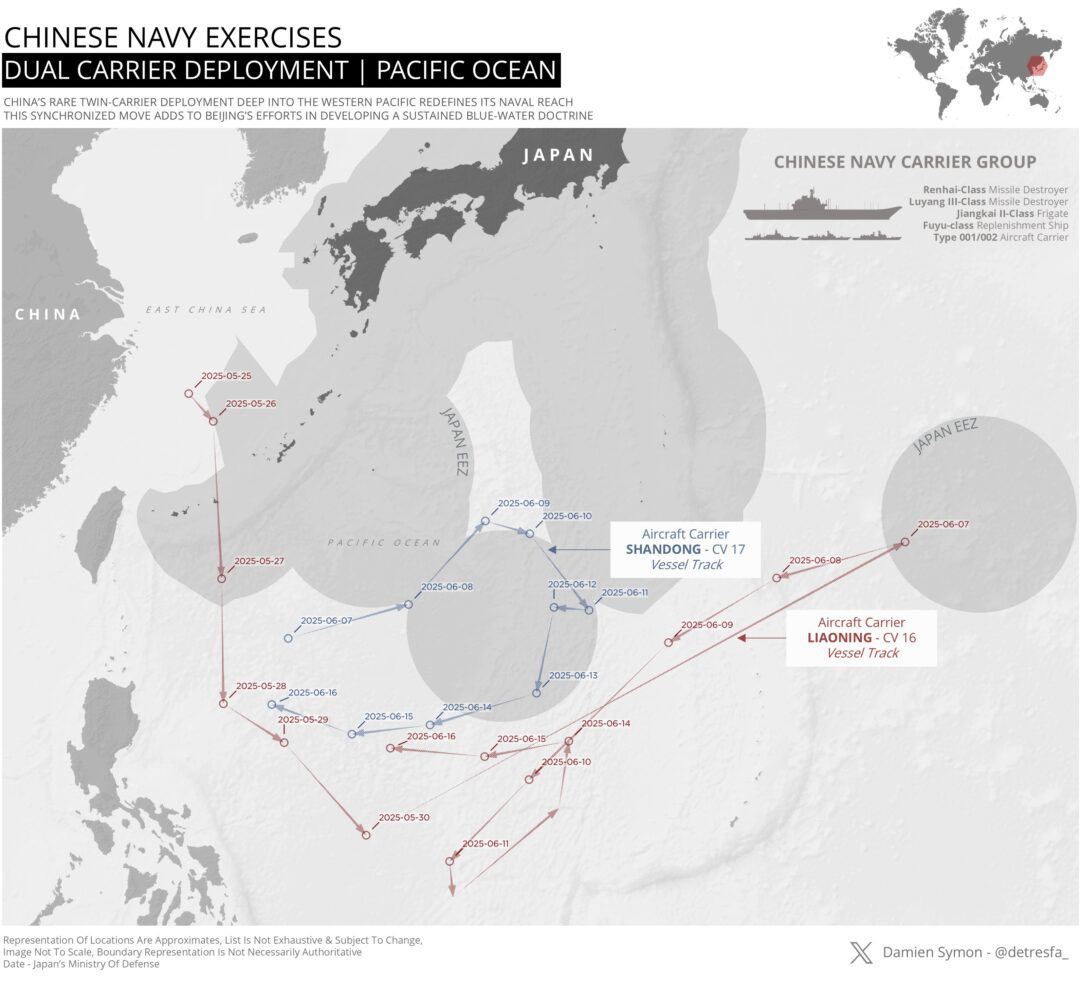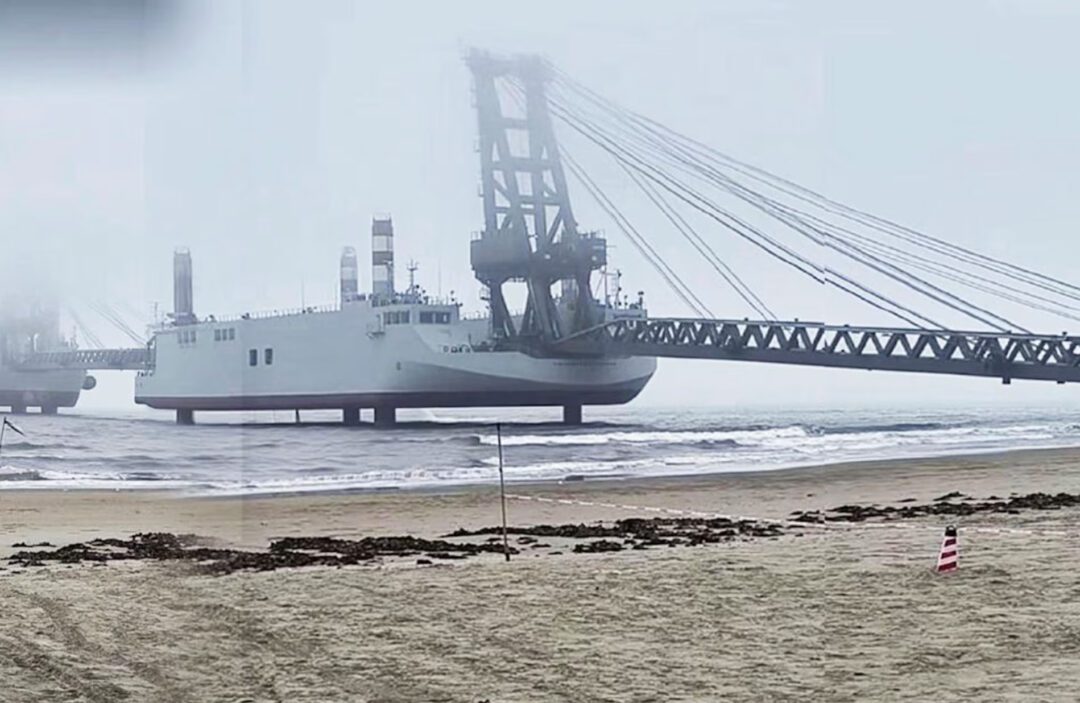
Chinese Naval Movements in the South China Sea
The South China Sea is one of the worlds most contested bodies of water. Overlapping maritime claims from nations in Southeast Asia have raised tension. In the last few years these disputes have occasionally turned physical, with clashes between coastguard vessels well publicised.
By far the country with the most expansionist aims within the South China Sea is China.
Using Roke’s open-source intelligence platform Crucible®, our analysts have monitored China’s increasingly staunch military presence in the region.
Identifying China’s Naval Expansion
From its declaration of the nine-dash line, China has laid claim to vast amounts of the South China Sea. In an attempt to try and enforce these claims, China has embarked upon a significant period of naval expansion. The most prestigious of this expansion is the country’s slowly expanding fleet of aircraft carriers.
Aircraft carriers often represent one of the most complex pieces of equipment fielded by a navy. Allowing the operator to expand their influence in distant conflicts, aircraft carriers have long been used by countries such as the United States as a form of diplomacy.
Roke’s intelligence analysts identified significant open-source evidence that on the 10th June 2025, for the first time, both of China’s operational aircraft carriers (a third, the FUJIAN is currently undergoing sea trials) were spotted exercising together past the first island chain in the South China Sea.
A Chinese military spokesperson stated that the two carriers and their respective task groups had been ‘training in the waters of the western Pacific to test their capabilities in far-seas protection and joint operations’.
The deployment signals that China is ready to begin expanding its projection of maritime claims further afield, seeking to control contested territory through a show of force.
By far the most at-risk territory from Chinese naval expansionism is Taiwan. In recent years China has increased its incursions of Taiwanese annual exercises, aimed at rehearsing a possible invasion of the island.
As tensions increase in the region, combined with uncertainty of how the US administration will react, China may seek to take action against Taiwan. Many modern complex electronics, including defence systems depend on semiconductors for their performance and Taiwan, a global leader in semiconductor manufacturing, sits at the centre of this strategic landscape.
Any developments in the region are likely to unfold rapidly; staying ahead of the information cycle and cutting through disinformation is crucial, as a fast-evolving geopolitical environment demands rapid decision-making.
Crucible® | Open Source Threat Detection
Through Roke’s Crucible® platform, users can access a wide suite of curated and verified datasets and OSINT feeds in an easily accessible format, to monitor volatile regions, created bespoke reporting and dynamically assess risk.
Fused data can be rapidly analysed and disseminated to keep companies and organisations best placed to adjust to far-reaching effects from a shifting geopolitical landscape.
For more information as to how Crucible® and Roke’s Analysis team can help your mission, complete the form here.

Header image source: Chinese Ministry of National Defence
In article image source: Visualisation of the Chinese Aircraft Carrier Movements in June 2025. Data taken from Japan’s Ministry of Defence, visualised by X user @detresfa_


